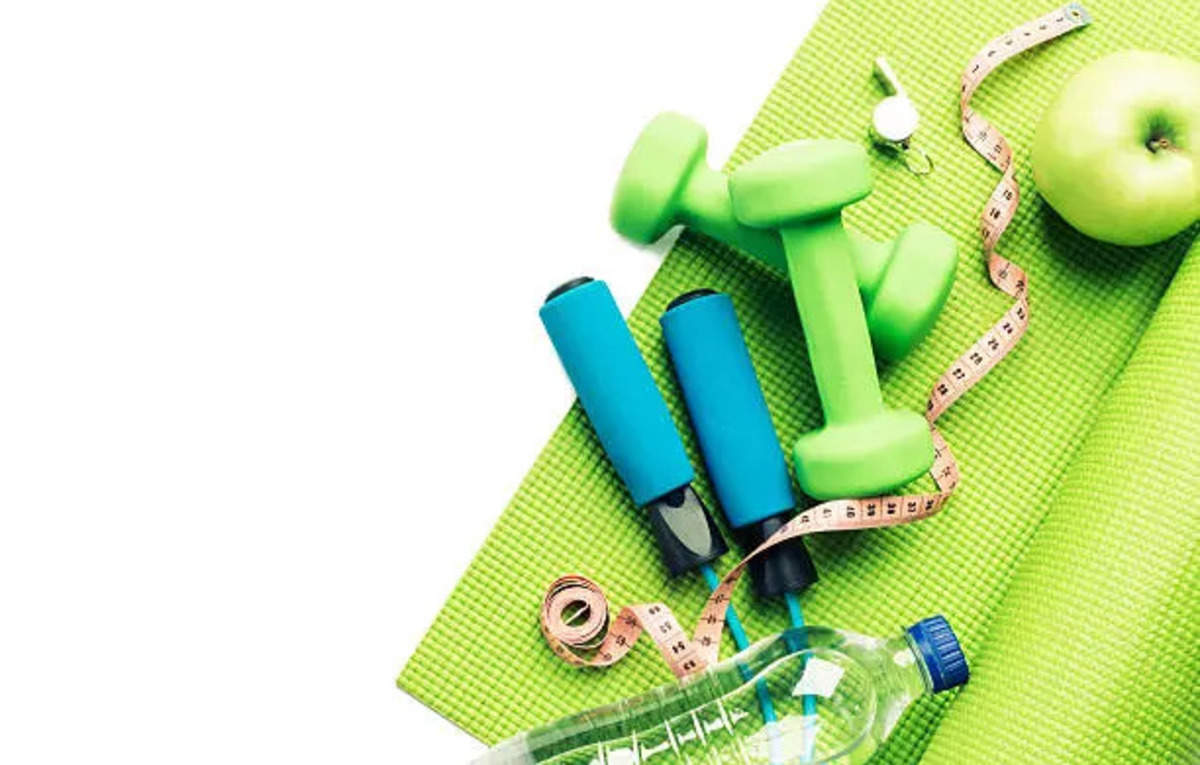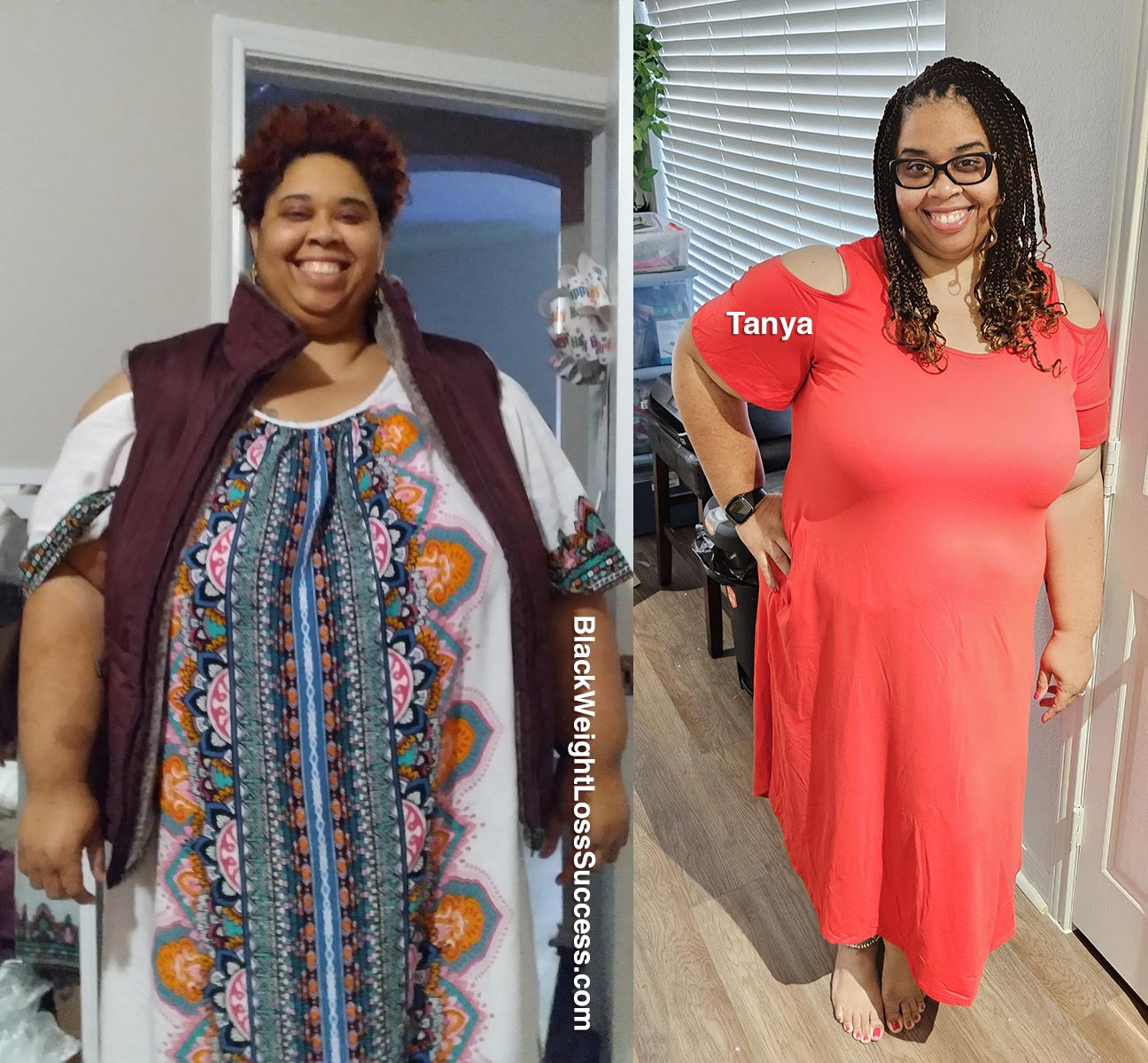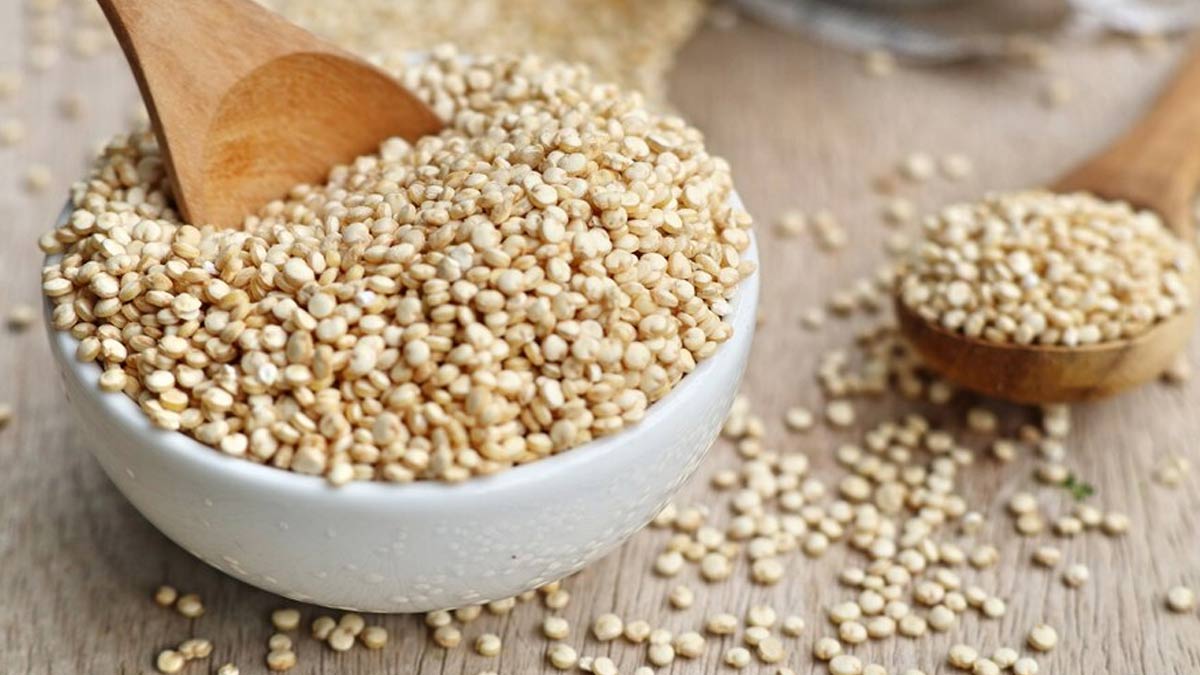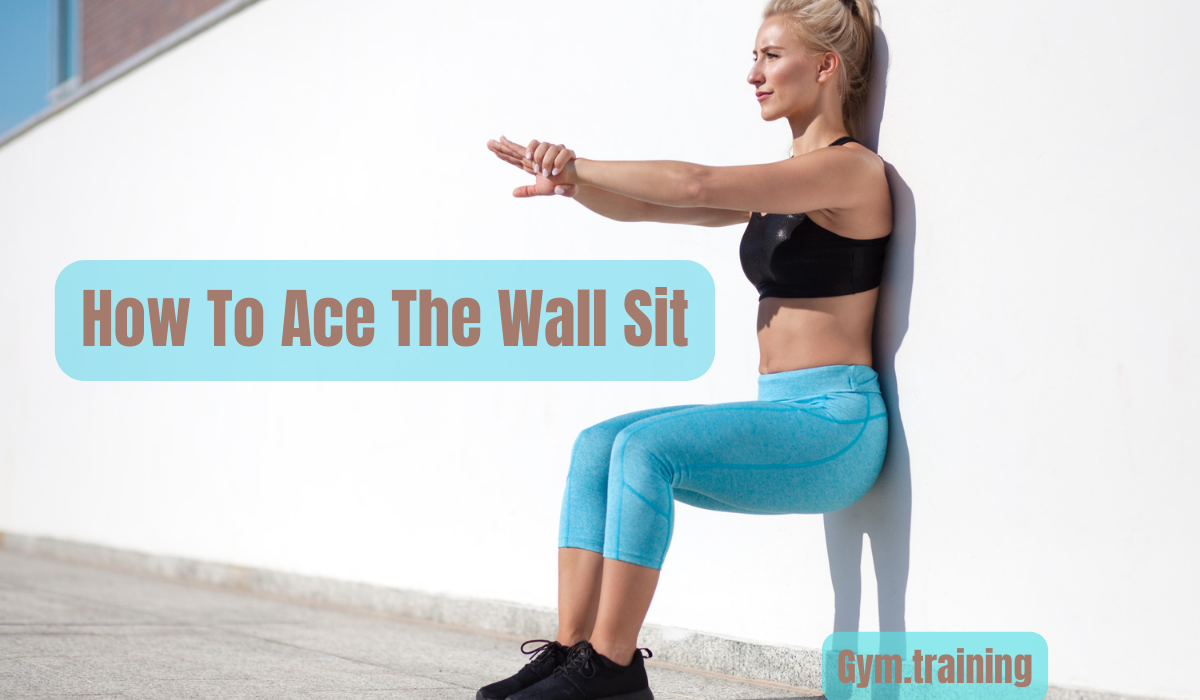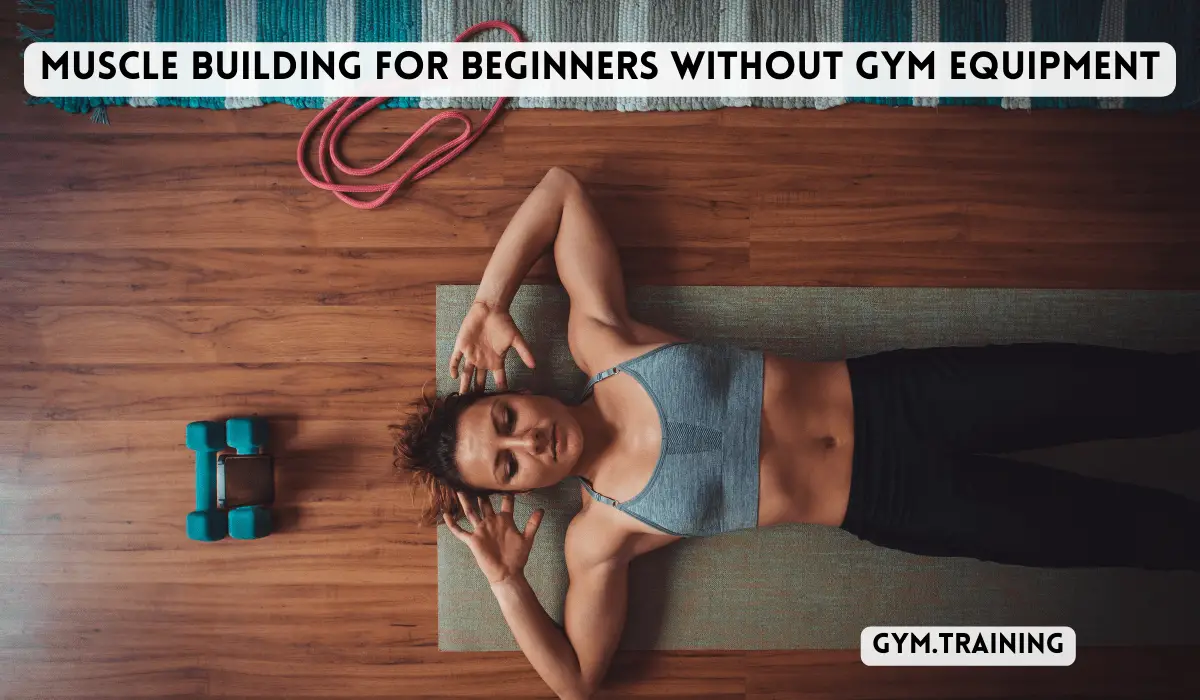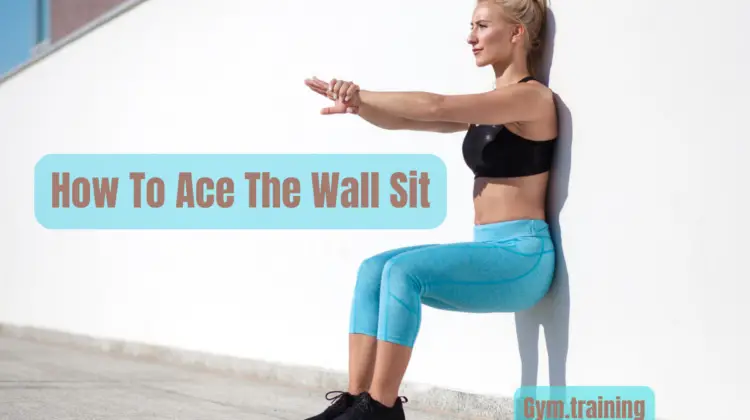
When it comes to building strength and endurance in your lower body, you don’t always need fancy gym equipment or complex body exercises routines. Sometimes the simplest exercises turns out to be most effective.
Wall sit is a prime example of this. This deceptively simple exercise can help you build strong leg muscles, improve endurance, and even enhance your overall fitness. In this blog, we’ll explore the benefits of wall sits and how to perform them correctly.
The Basics of Wall Sits
Wall sits, also known as wall squats, are a static exercise that primarily targets your lower body, including your quadriceps, hamstrings, calves, and glutes. The best part is that you can do them virtually anywhere with a sturdy wall.
Here’s how to perform a wall sit:
- Find a clear wall space: Look for a wall with enough space to comfortably lean against, preferably without any obstructions.
- Stand with your back against the wall: With your feet shoulder width apart as in a squat position and about 2 feet away from the wall.
- Lower your body: Slowly slide your back down the wall while bending your knees. Keep your back straight against the wall, and your thighs are parallel to the ground. Your knees should ideally be at a 90 degrees angle.
- Hold the position: Hold your upper body and stay in the seated position in a 90-degree angle for as long as you can comfortably manage. Aim for at least 30 seconds to start and gradually increase your time as you get stronger.
- Give Up: If you feel too much or exhausted and could not feel your legs you can slide sown the wall/slide back flat against the wall very slowly.
Top 10 Wall Sit Exercises
- Basic Wall Sit
- Single-Leg Wall Sit
- Wall Sit with Calf Raises
- Ball Squeeze Wall Sit
- Wall Sit with Leg Lifts
- Weighted Wall Sit
- Pulse Wall Sit
- Wall Sit with Overhead Press
- Ballet Wall Sit
- Squat to Wall Sit Combo
For Details Read: 10 Most Effective Wall Sit Exercises
Before And After Wall Sit Benefits
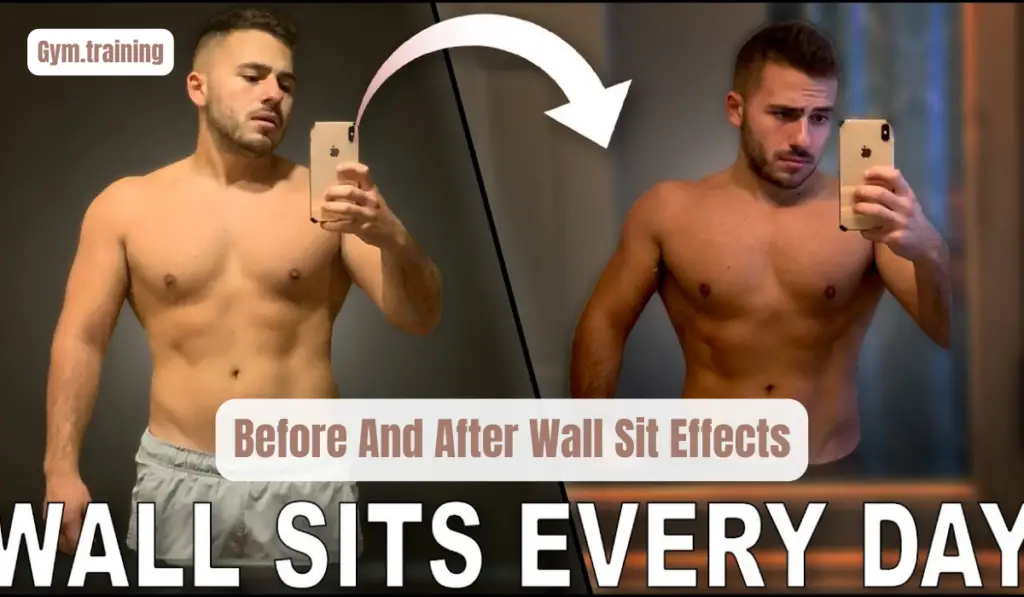
Looking for a workout that delivers noticeable results in a short amount of time? Wall sits might just be the answer. This seemingly straightforward exercise can have a profound impact on your body, both before and after you incorporate it into your fitness routine.
Now, we’ll delve into the incredible benefits by highlighting what to expect before and after making them a regular part of your workout regimen.
Before Starting:
Before you begin to add this exercise into your exercise routine, it’s crucial to understand where you’re starting. Here’s what to expect:
- Muscle Weakness: If you’re new, you may initially experience muscle weakness in your quadriceps, hamstrings, and glutes. Don’t be discouraged; this is entirely normal.
- Lack of Endurance: Your ability to hold the wall sit position may be limited initially. You might find it challenging to maintain the posture for more than a few seconds or minutes.
- Soreness: After your first few sessions, expect some muscle soreness in your lower body. This is a sign that your muscles are working and adapting to the exercise.
- Improved Posture: As you learn to perform with proper form, you may notice an improvement in your overall posture. It also encourages a straight back and good alignment.
After Doing Regular Wall Sits
Now, let’s explore the remarkable benefits you can expect after consistent practice:
- Increased Leg Strength: One of the most significant advantages is the rapid development of leg strength. Your quadriceps, hamstrings, and glutes will become noticeably stronger, making everyday activities easier.
- Enhanced Muscle Endurance: With regular wall sit practice, your muscle endurance will significantly improve. You’ll find that you can maintain the seated position for more extended periods without discomfort.
- Calorie Burn and Weight Management: It engages multiple muscle groups, leading to increased calorie burn during your workouts. This can contribute to weight management and overall fat loss when combined with a balanced diet.
- Improved Core Stability: To maintain proper form, you must engage your core muscles. Over time, this leads to better core stability, build strength and overall core strength.
- Better Athletic Performance: Whether you’re an athlete or simply enjoy an active lifestyle, the leg strength and endurance gained from this exercise can enhance your athletic performance and reduce the risk of injury.
- Posture Enhancement: As mentioned earlier, it promotes proper posture. Improved posture can help you look taller, more confident, and even reduce the appearance of a “belly pooch.“
- Convenience: This workout requires minimal space and no equipment, making them a convenient exercise option. You can easily incorporate them into your daily routine, whether at home or the gym.
Is a 2 Minute Wall Sit Good?

As we all know this exercise is a popular choice for those seeking to strengthen their lower body and improve endurance. While the typical wall sit duration is around 30 seconds to a minute, some fitness enthusiasts aim for more extended periods, maximum to 2-minute.
But is a 2-minute timer, a good idea, and what are the potential benefits and considerations?
Benefits of a 2-Minute Wall Sit
- Increased Leg Strength: A 2-minute range can challenge your leg muscles, including the quadriceps, hamstrings, and glutes, leading to increased lower body strength.
- Enhanced Endurance: Longer time can significantly improve muscular endurance in your legs, which can benefit athletes and individuals in various physical activities.
- Mental Toughness: Holding it for an extended period can test your mental fortitude, promoting mental resilience and discipline.
- Calorie Burn: Longer time can contribute to increased calorie burn compared to shorter durations, making them valuable for those seeking weight management.
Safety Tips For More Than a 2-minute wall sit
While there are potential benefits to a 2-minute wall sit, it’s essential to consider some factors and adhere to safety guidelines:
- Proper Form: Maintaining proper form is crucial. Ensure your back is flat against the wall, thighs parallel to the ground, and knees at a 90-degree angle. Poor form can lead to injury.
- Individual Fitness Level: Not everyone can comfortably perform a 2-minute range of this workout. Start with shorter durations and gradually increase the time as you build strength and endurance.
- Joint Health: Longer time can place significant stress on your knee and hip joints. If you have joint issues or discomfort, consult a fitness professional or healthcare provider before attempting extended version of this exercise.
- Listen to Your Body: Pay attention to any signs of discomfort, pain, or muscle fatigue. If you experience excessive discomfort, consider reducing the duration or seeking alternatives.
- Balanced Workout: Incorporate it as part of a well-rounded workout routine that includes cardiovascular exercise, flexibility training, and other strength exercises.
Can wall sit reduce belly fat?
Belly fat, also known as visceral fat, can be stubborn and challenging to get rid of. While there’s no such thing as spot reduction, where you exclusively lose fat from one area of your body.
Certain exercises including single leg wall sit and all other types can help you tone and strengthen your core muscles, contributing to a leaner appearance. It is typically known for building leg strength, can also be a valuable addition to your fitness routine for targeting belly fat.
Tips For Adding Wall Sit In Your Fitness Routine
- Combine it with a Healthy Diet : Remember that exercise alone may not be enough to target belly fat effectively. To see significant results, it’s essential to combine this workout with a balanced diet and overall calorie control. Eating a diet rich in whole foods, lean proteins, and fiber, while avoiding excessive sugary and processed foods, can help you achieve a healthier body composition
- Start Slow: If you’re a beginner, begin with short durations and gradually increase them as you gain strength and endurance.
- Proper Form: Focus on maintaining proper form throughout the exercise, keeping your back flat against the wall and your thighs parallel to the ground.
- Variations: As you progress, consider adding variations, such as single-leg wall sits or incorporating weights for added resistance.
- Consistency: To see the most significant changes, incorporate wall sits into your regular workout routine and maintain consistency.










